The team, led by first author Palash Kumawat from the University of Bremen's Geosciences Department, used lipid biomarkers instead of DNA to reveal how these microbes persist in such extreme conditions. The researchers discovered that the microorganisms are able to metabolize methane and sulfate, allowing them to thrive in this environment. "This finding is significant because it shows that life can exist in conditions that were previously thought to be inhospitable," said Kumawat. "It also suggests that life may have originated in similar extreme conditions, offering a glimpse into both Earth's past and the limits of life itself."
The discovery was made in a newly discovered mud volcano in a gravity core, where the team collected samples to study the survival strategies of microorganisms. The samples were analyzed using advanced techniques, including lipid biomarkers, which allowed the researchers to identify the presence of microorganisms and understand their metabolic processes.
The finding has important implications for our understanding of deep-sea carbon cycling and the origins of life on Earth. "This study highlights the importance of exploring extreme environments for insights into the limits of life," said Dr. Christian März, a co-author of the study. "It also underscores the need for further research into the mechanisms that allow microorganisms to survive and thrive in such conditions."
The study's findings have sparked interest among scientists and researchers, who are eager to learn more about the mechanisms that allow life to exist in such extreme conditions. As the research continues, scientists may uncover new insights into the origins of life on Earth and the limits of life itself.
The MARUM - Center for Marine Environmental Sciences, University of Bremen, is a leading research institution in the field of marine environmental sciences. The team's discovery is a testament to the importance of continued research into the mysteries of the ocean and the limits of life on Earth.
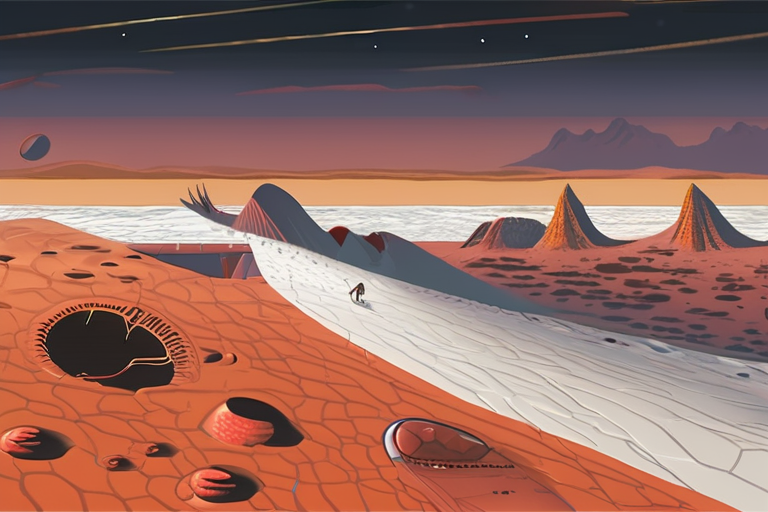




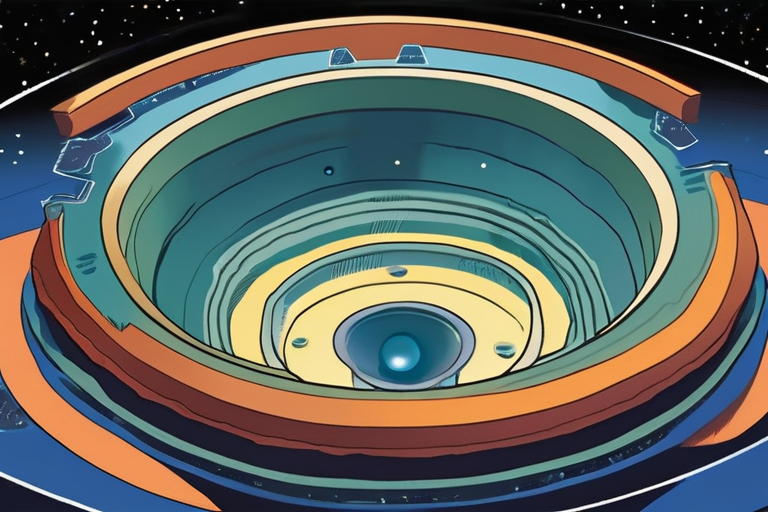
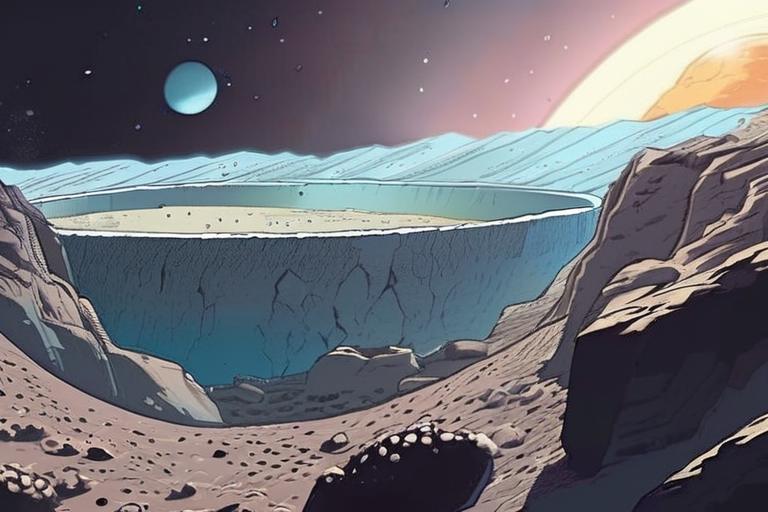

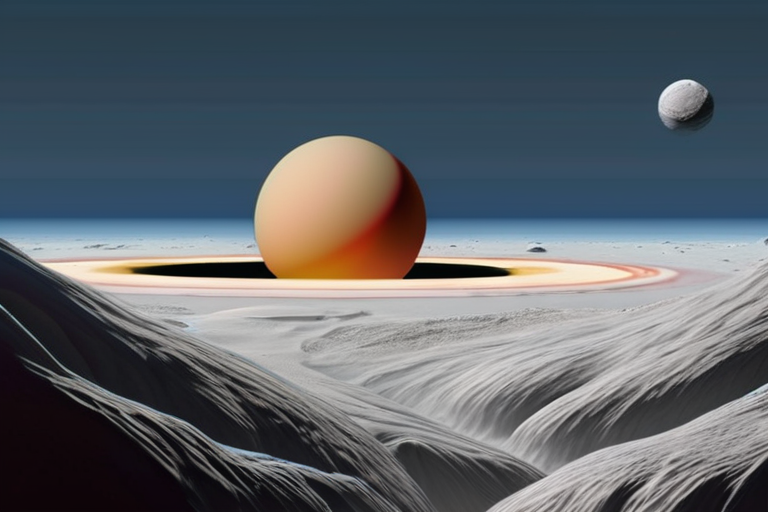
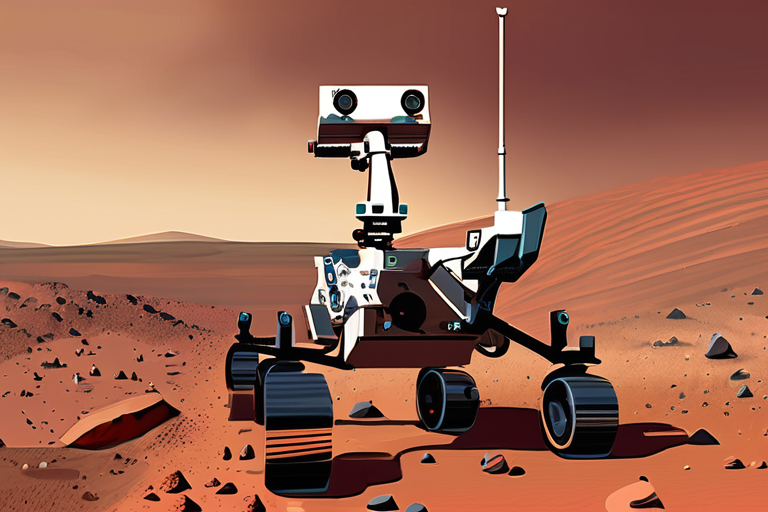

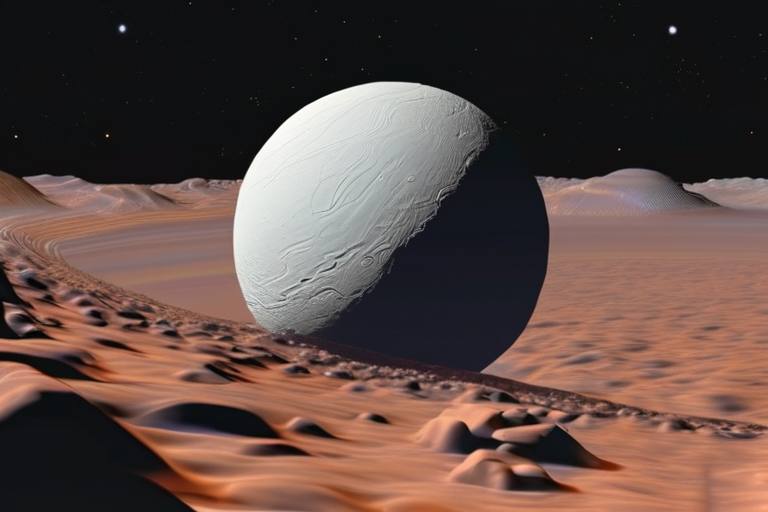
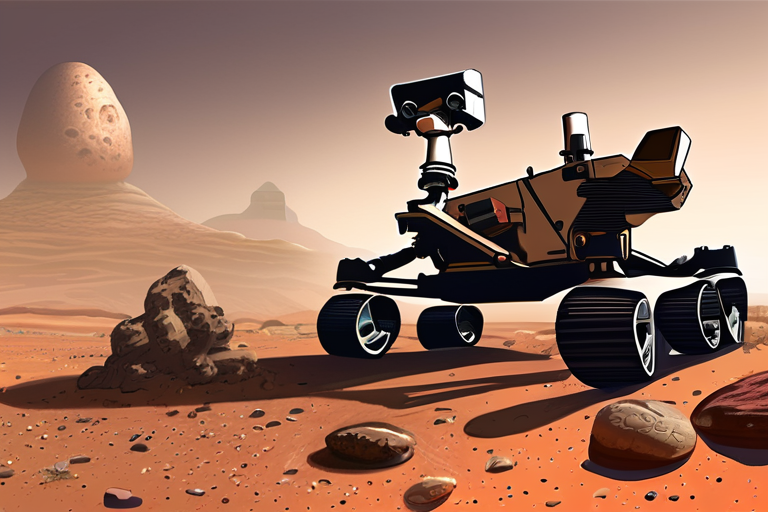



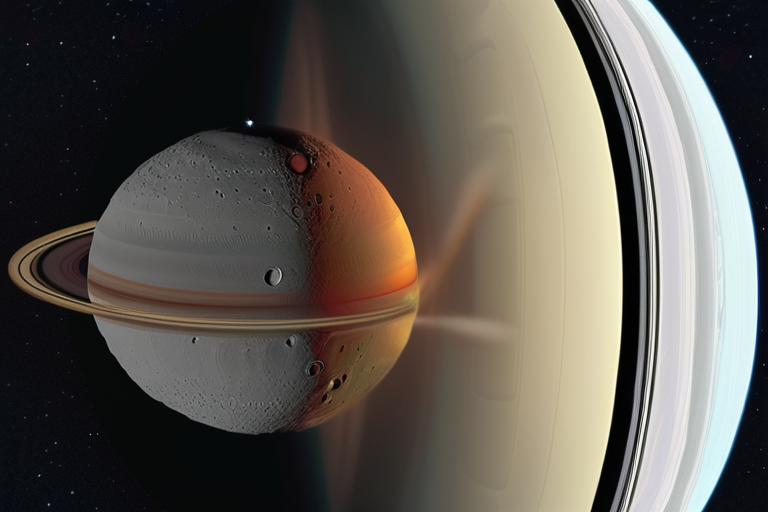



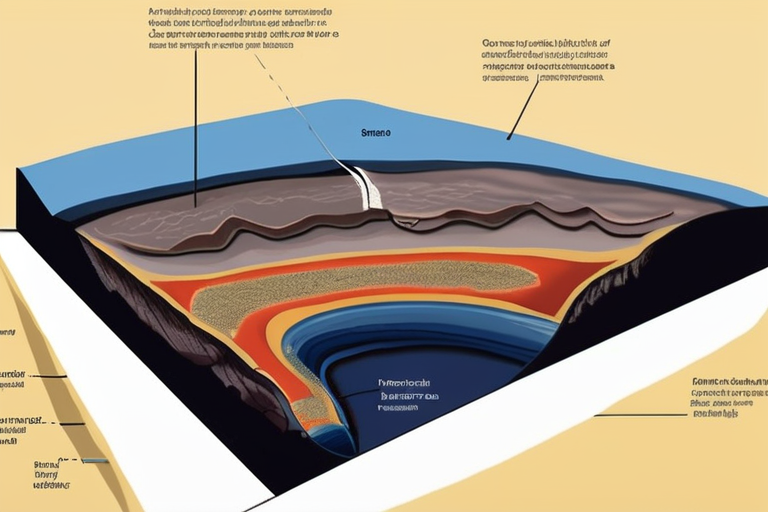
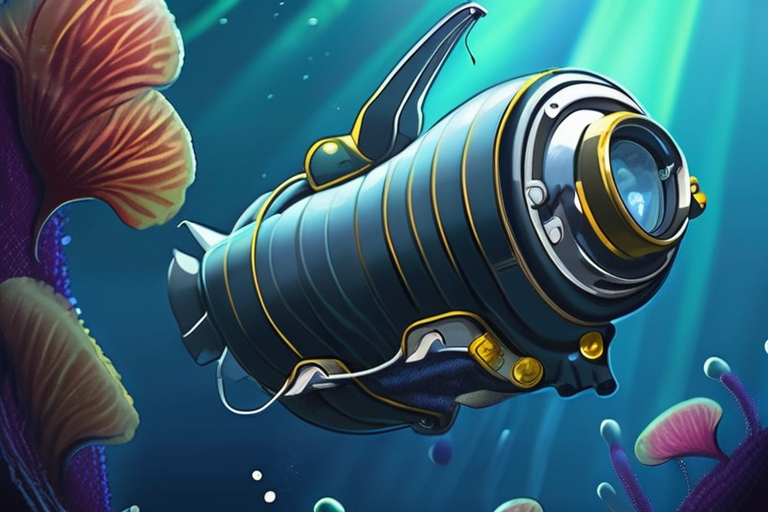

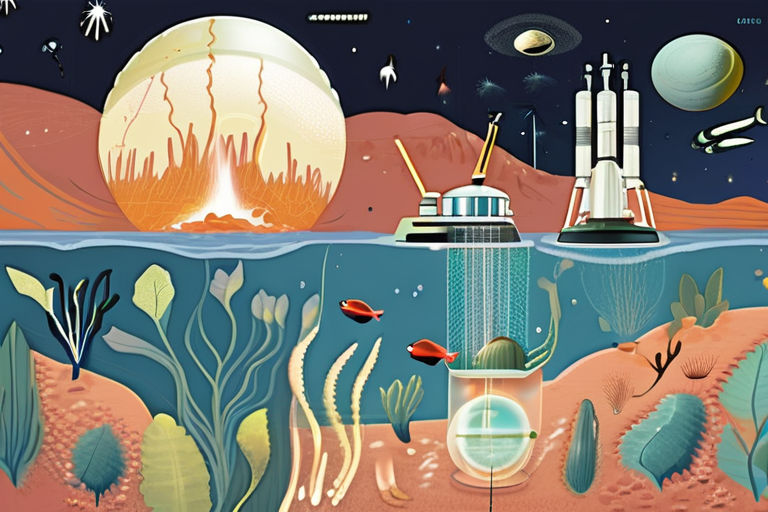
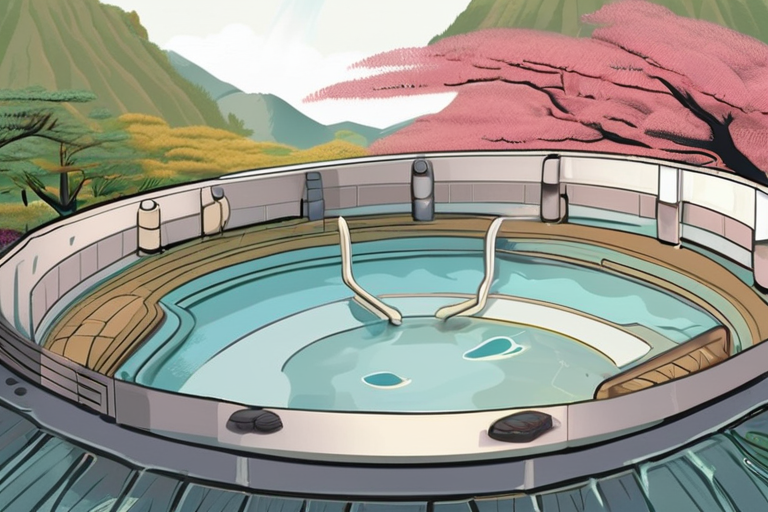
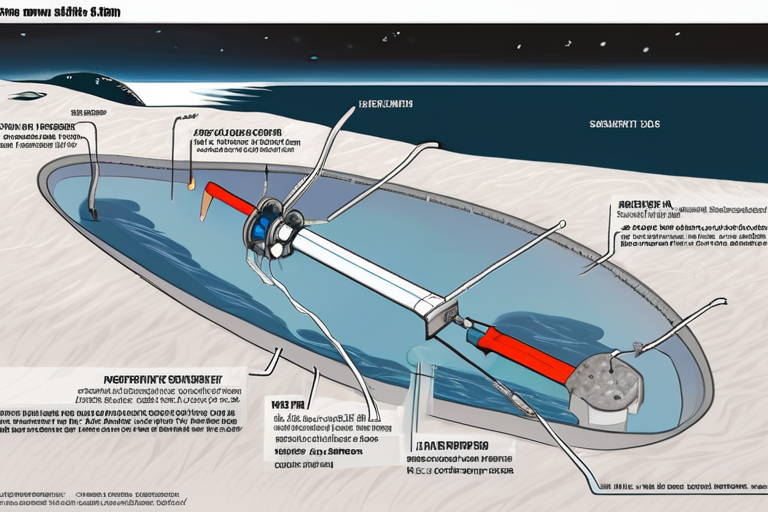
Share & Engage Share
Share this article